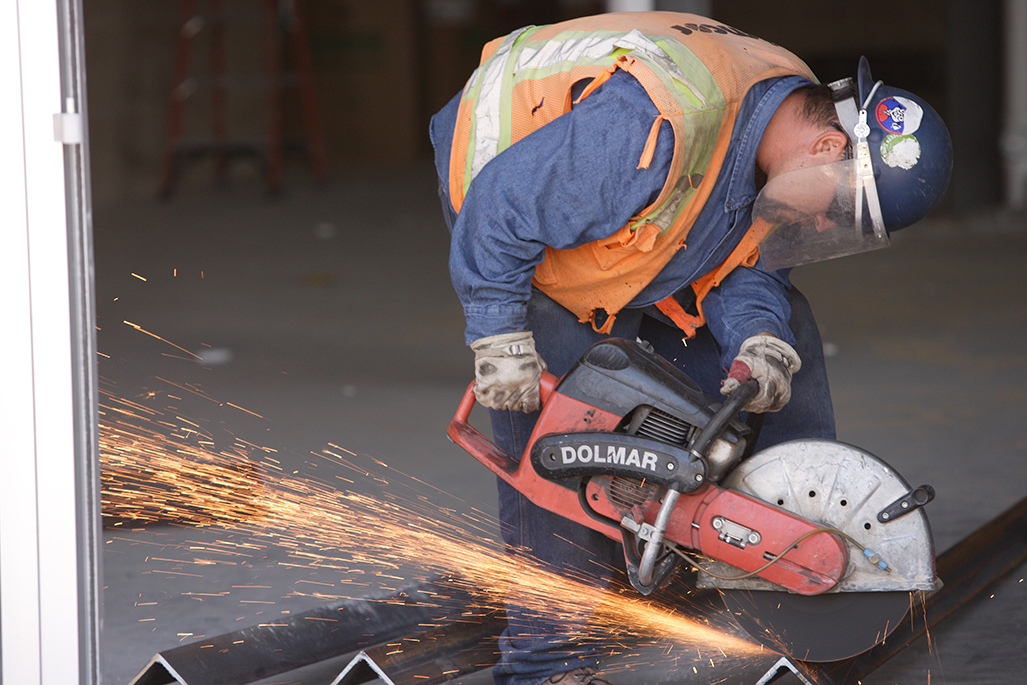
Here are six hand tool safety tips from OSHA:
Hand tools can create sparks, shatter glass, electrocute or cause injury if used incorrectly. For example, certain power saws are meant for cutting metal, while others are meant for woodworking, and could cause injury if used at the incorrect time. Before beginning work, always read safety guidelines for tools with which you’re unfamiliar.
When power tools, such as an electric saw or sander, are not in use, they should be unplugged from their outlets. Power tools can overheat or injure people if accidentally turned on.
At any moment, power tools can cause sparks, wood chips, glass or other substances to fly about. Safety glasses prevent most substances from coming in contact with the eye’s surface, preventing eye damage and allowing visibility for more precise work.
From checking the oil level in a power saw to screwing tight a hammer’s head or sharpening a woodworking saw, hand tools require a certain amount of upkeep. Loose screws and unsharpened blades make tools even more dangerous because they’re unpredictable. In addition to proper upkeep, tools come with certain safety measures like a safety guard on a power saw. These guards are included on tools to protect workers and should be left in place.
Power saws and other sharp tools produce sparks and must be handled carefully while wearing gloves and safety glasses. Not all workers are prepared for exposure to sparks or sharp tools, so these tools should only be used around trained and outfitted employees.
Jacks are made to bear a certain amount of weight and can collapse if forced to hold too much or used on uneven ground. When jacks collapse, the large, heavy objects they support can fall and seriously injure workers. Make sure the jack’s load limit is prominently marked. Then, inspect it every six months and do not exceed the stop limit.
Following these six tips can help you and your teams properly maintain and handle tools to prevent injuries, accidents and fatalities on the job site. Learn more at OSHA.gov.